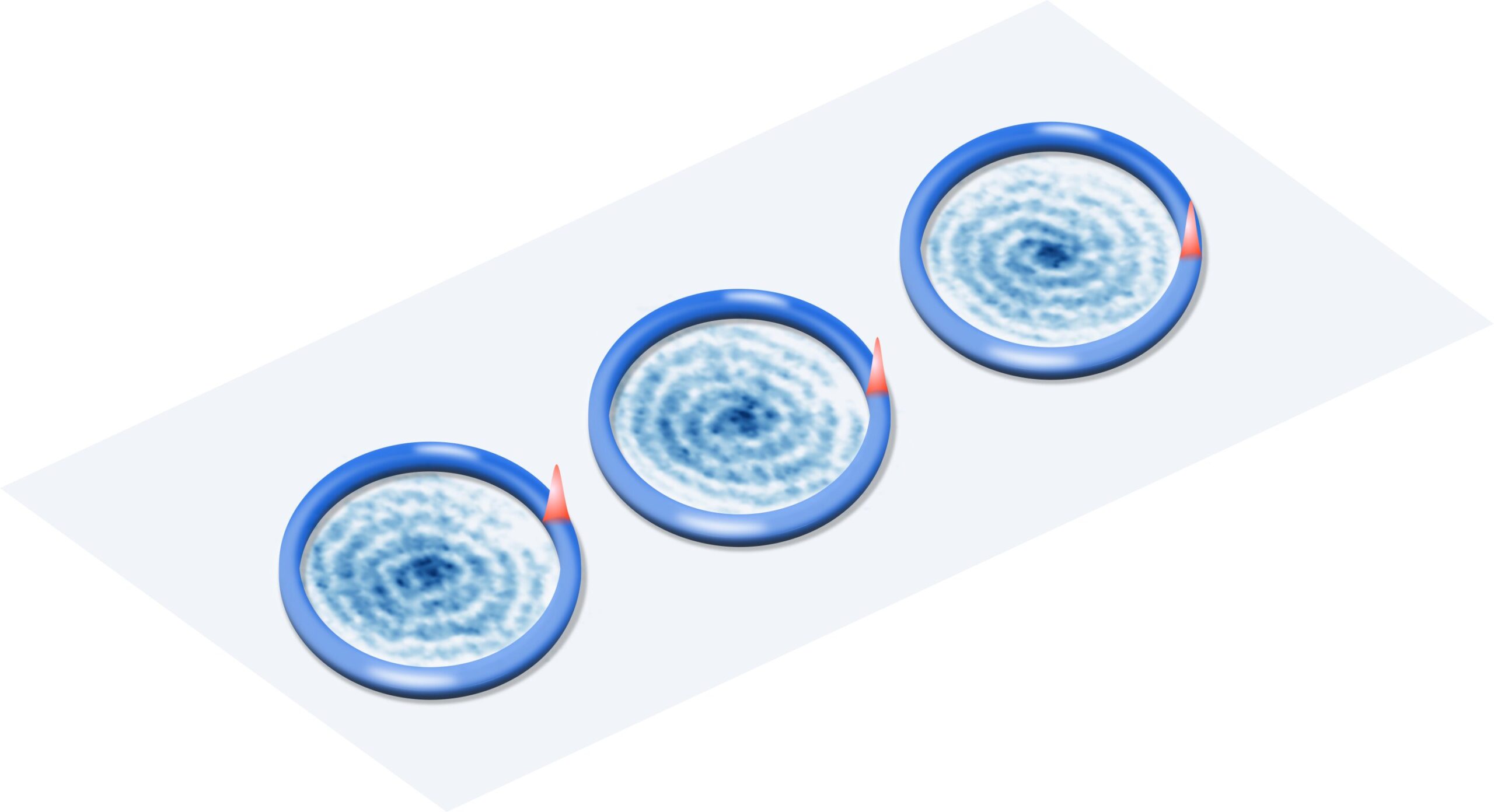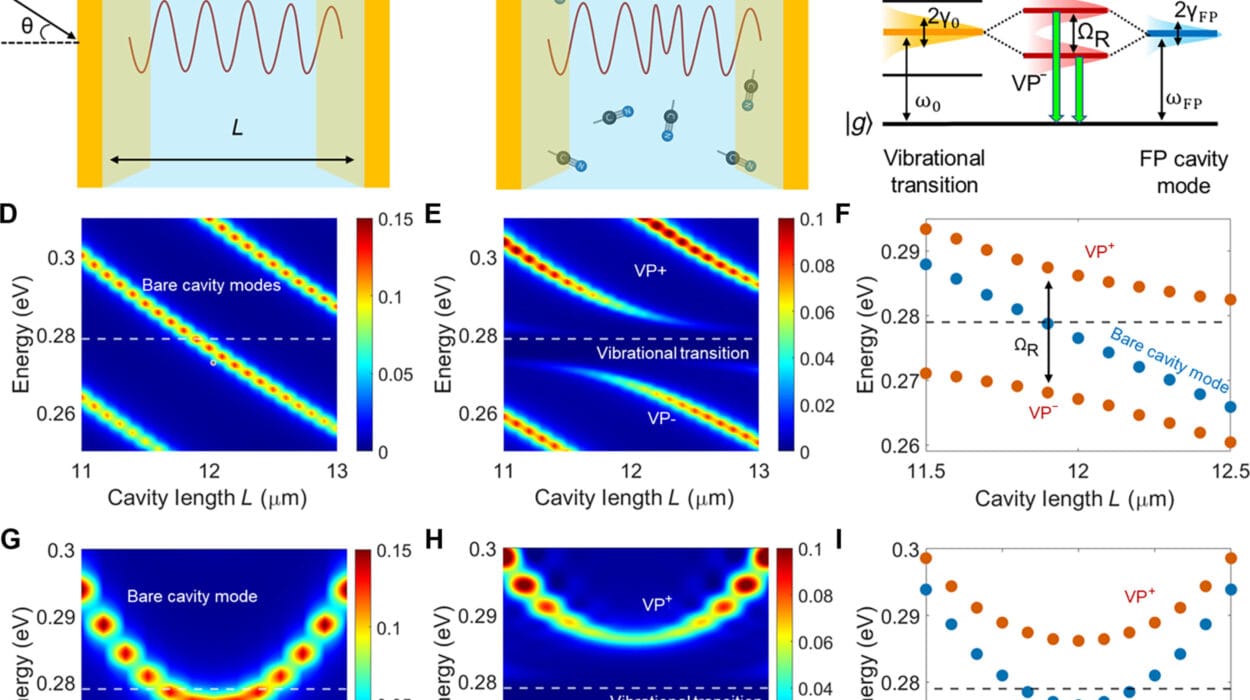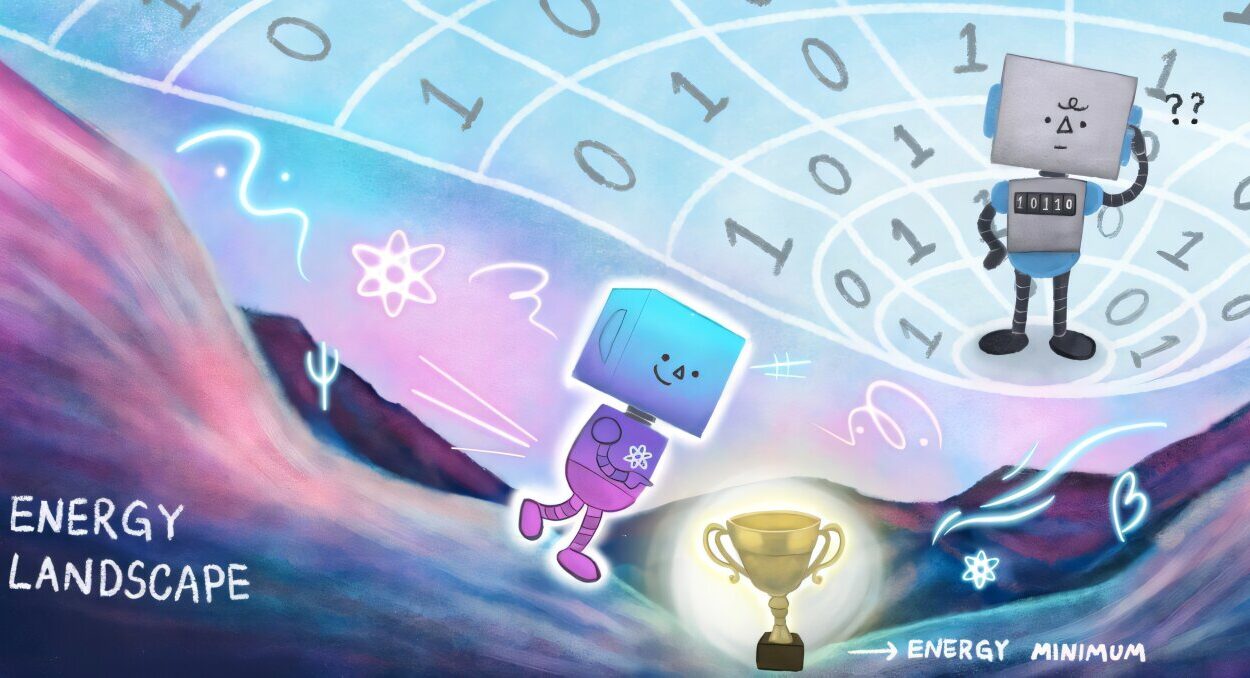Imagine standing in a valley surrounded by rolling hills. If you throw a ball up one slope, gravity will pull it back down, and eventually, the ball will settle in the valley floor. This is how classical mechanics—the physics of our everyday world—teaches us to understand motion under a constant force. Push, pull, or tilt the landscape, and things should slide one way, not oscillate back and forth.
Yet in the quantum world, intuition can betray us. Under the right conditions, a quantum particle in a repeating “landscape” of energy, such as the ordered structure of a crystal lattice, does something utterly counterintuitive: instead of rolling endlessly downhill under a constant force, it turns around, climbs back, and repeats this dance. This phenomenon is known as a Bloch oscillation, first theorized nearly a century ago. It is a reminder that nature, at its most fundamental, often moves to rhythms we could never imagine on our own.
From Single Particles to Quantum Crowds
Bloch oscillations have fascinated physicists for decades. They are predicted by quantum mechanics but not by classical theories of motion. For a single electron in a crystal lattice, the mathematics is elegant: a constant electric field causes the particle’s quantum state to evolve in such a way that it oscillates periodically instead of accelerating indefinitely.
But single particles are one thing. What about the collective dance of thousands of particles, each subject to quantum laws but also interacting with one another? Could an entire quantum fluid—made of many particles—oscillate in unison? The idea is as intriguing as it is challenging. While theorists have worked out predictions for such many-body Bloch oscillations, confirming them experimentally has remained a formidable task.
That is, until recently.
A Breakthrough in Paris
Researchers from CNRS, ENS-PSL University, and Sorbonne University in Paris have now observed Bloch oscillations in a system far more complex than a lone particle: a one-dimensional Bose gas, a quantum fluid made of bosons. Unlike fermions, which must occupy different quantum states, bosons can share the same quantum state, piling into collective behaviors that are often spectacular, from superfluidity to Bose-Einstein condensation.
In their experiment, described in Nature Physics, the team created a wave packet of ultracold atoms, effectively a bundle of bosons moving together, and let it interact with a “bath” of other atoms. By applying a constant magnetic force, they watched as the packet of atoms began to oscillate—not drift away endlessly, but return again and again in a quantum rhythm.
This was not just a single particle quirk. Roughly 1,000 particles were involved, oscillating collectively. For the first time, physicists had confirmed that Bloch oscillations could appear in many-body quantum systems.
The Beauty of the Unexpected
What makes this result remarkable is not just the experimental precision, but the sheer strangeness of the effect. As senior researcher Jérôme Beugnon explained, intuition suggests that a packet of atoms pushed with a steady force should drift in one direction. Yet here, they oscillated.
This oscillation didn’t come from an external lattice, like electrons in a crystal. Instead, it emerged from the quantum nature of the medium itself. The atoms were moving in a one-dimensional environment where their possible motions are constrained in unusual ways. In such a system, the underlying energy relationships—the “dispersion relation”—naturally give rise to oscillatory motion.
In other words, the wave packet was not just moving through a medium; it was entangled with it, responding to the quantum fabric of the environment in ways that defy classical reasoning.
How the Experiment Worked
To pull off this feat, the team used ultracold atoms cooled to near absolute zero, where quantum effects dominate. They built a mixture of two atomic components. One component formed a stable bath, while the other was shaped into a localized wave packet.
Laser beams trapped and controlled the atoms with exquisite precision. Then, by applying a uniform magnetic force, the researchers “pushed” the wave packet and watched what happened. Instead of drifting away, the packet performed Bloch oscillations, bouncing back and forth like a dancer tethered to invisible strings.
This delicate choreography of atoms confirmed theories that had long predicted such behavior but had lacked direct observation in a collective system.
A Window Into Quantum Many-Body Physics
The significance of these results extends beyond confirming a theoretical prediction. Collective Bloch oscillations open new avenues for exploring the strange physics of many-body systems, where interactions between particles create emergent behaviors that cannot be predicted by looking at one particle alone.
Many-body physics lies at the heart of some of the most pressing questions in modern physics: How do superconductors lose all resistance? How do quantum fluids flow without friction? How can we harness collective quantum behaviors for quantum computing or advanced technologies?
By demonstrating a controllable platform for collective Bloch oscillations, the Paris researchers have given physicists a new laboratory for testing the interplay between forces, geometry, and interactions in quantum matter.
Beyond Straight Lines: Oscillations on a Ring
The team’s work did not stop at observing oscillations in a straight line. They extended their theoretical study to atoms moving in a ring-shaped geometry. Here, something even more fascinating emerged: the oscillations could interplay with the creation of quantized superfluid currents, where the fluid flows around the ring in discrete, stable patterns, much like electrons in a superconducting loop.
This opens the door to exploring how Bloch oscillations might connect to persistent currents, superfluidity, and other exotic quantum behaviors. It hints at a deep unity in the language of quantum mechanics, where phenomena that look unrelated at first glance are in fact part of the same symphony.
Toward the Future of Quantum Exploration
The experiment marks only the beginning. As Beugnon and colleagues noted, the wave packet they studied was a type of magnetic soliton, a localized packet of atoms whose quantum properties keep it stable as it moves. Solitons are fascinating entities, appearing in contexts from ocean waves to optical fibers, and in quantum systems they hold the promise of new states of matter.
The team now plans to explore the broader family of magnetic solitons, whose dynamics are expected to be even richer. Each new step could reveal further surprises in how many-body systems respond to forces, geometry, and interactions.
Why It Matters
Why should we care about a thousand atoms dancing in a lab in Paris? The answer lies in the broader significance of quantum mechanics. Experiments like these do more than confirm abstract theories; they bring us closer to understanding the deepest laws of nature.
Bloch oscillations challenge our intuition, reminding us that the quantum world plays by different rules—rules that may one day power quantum computers, revolutionize materials science, and unlock new technologies we can scarcely imagine today. But beyond applications, they also speak to something profoundly human: our desire to understand.
To witness atoms oscillating collectively under a steady force is to see the universe whisper one of its secrets. It is a glimpse of order hidden in apparent chaos, a reminder that beauty and strangeness often go hand in hand.
The Dance Continues
The discovery of collective Bloch oscillations is a milestone in quantum physics, but it is also part of a larger journey. From the first predictions of quantum behavior in crystals to today’s ultracold atom laboratories, physics has been a story of questions answered and deeper mysteries revealed.
In the end, the atoms oscillating in Paris are not just particles in a trap. They are messengers, showing us that the universe is richer, stranger, and more beautiful than classical logic alone could ever describe. They remind us that physics is not only about equations and experiments—it is about wonder, curiosity, and the joy of discovery.
And so, the dance continues.
More information: F. Rabec et al, Bloch oscillations of a soliton in a one-dimensional quantum fluid, Nature Physics (2025). DOI: 10.1038/s41567-025-02970-1.






